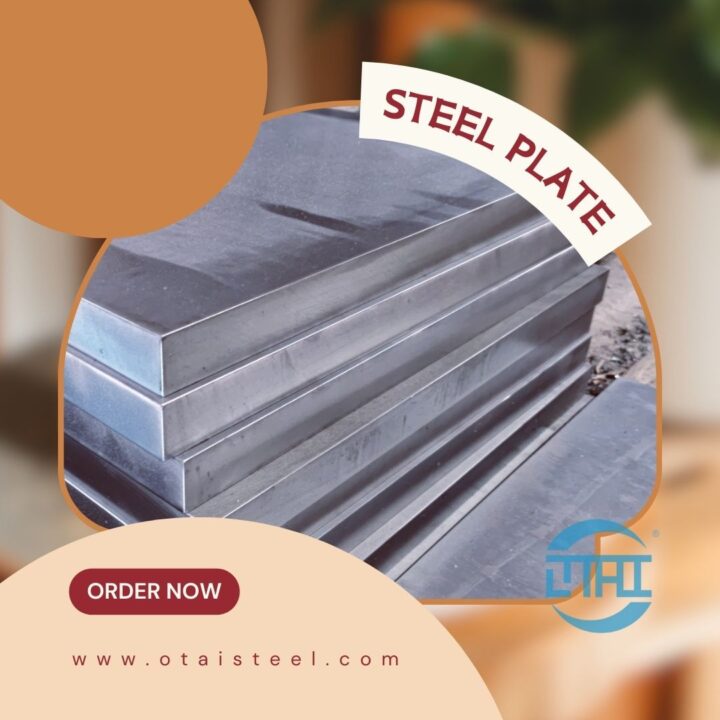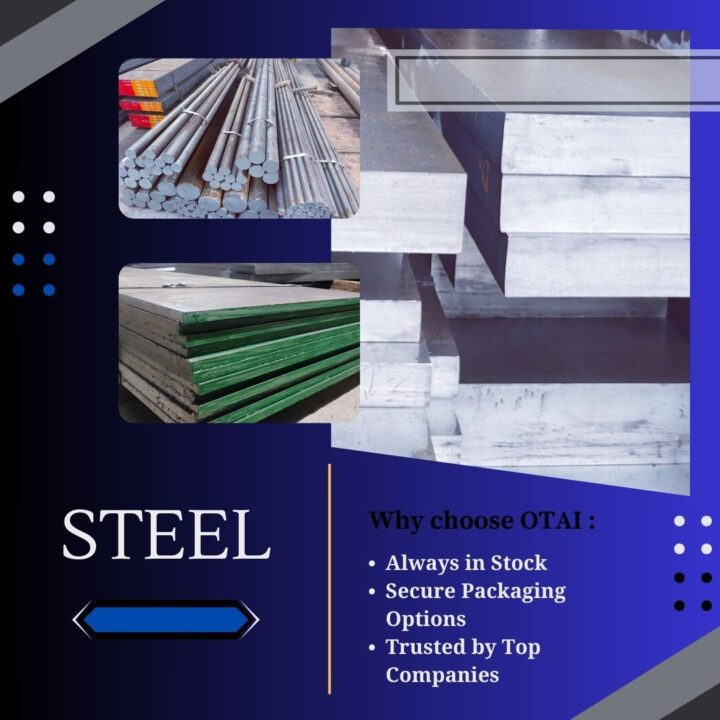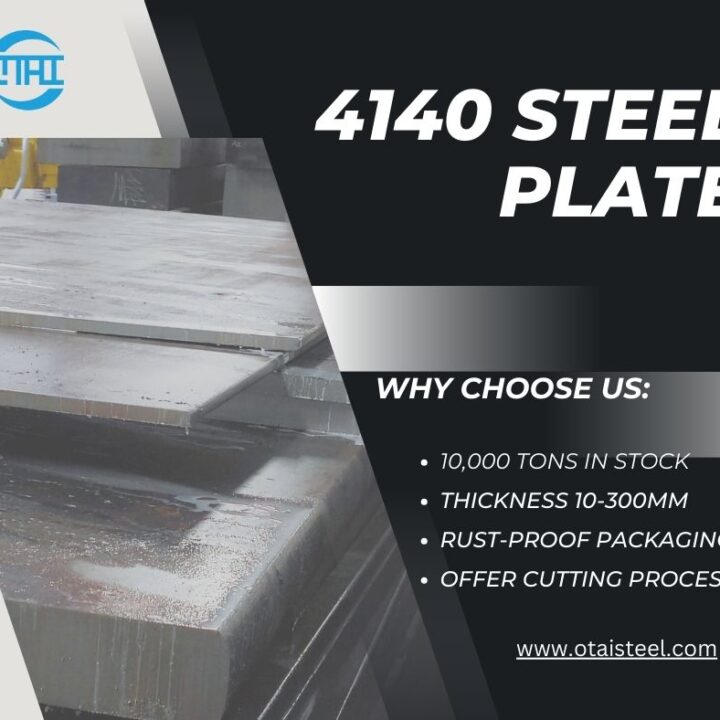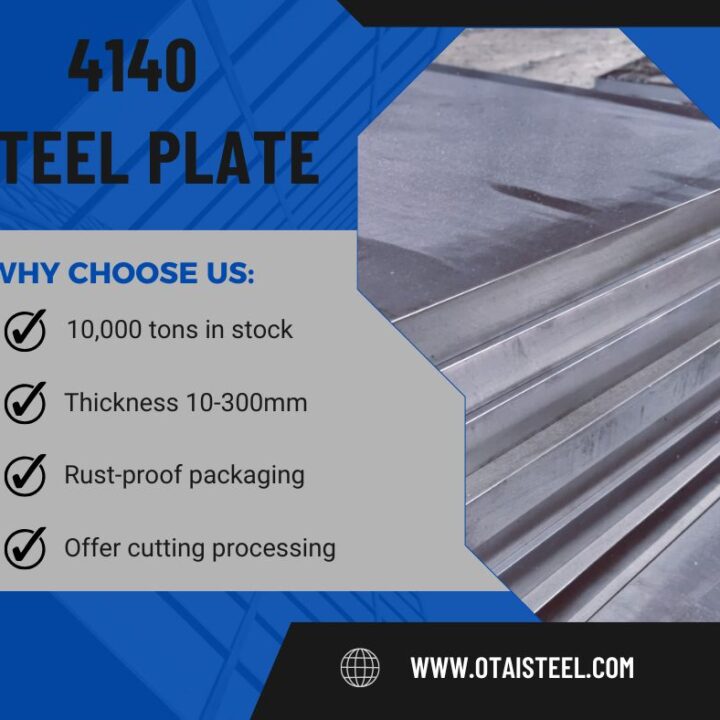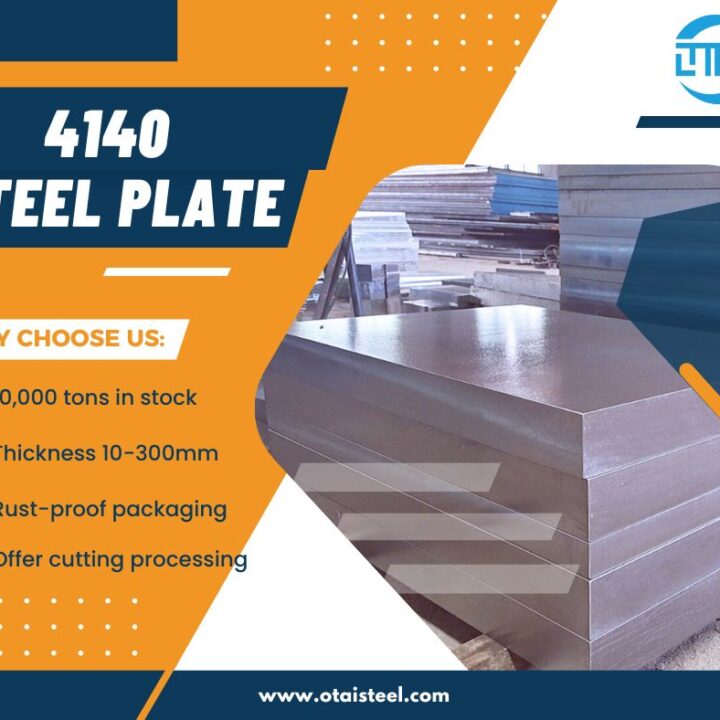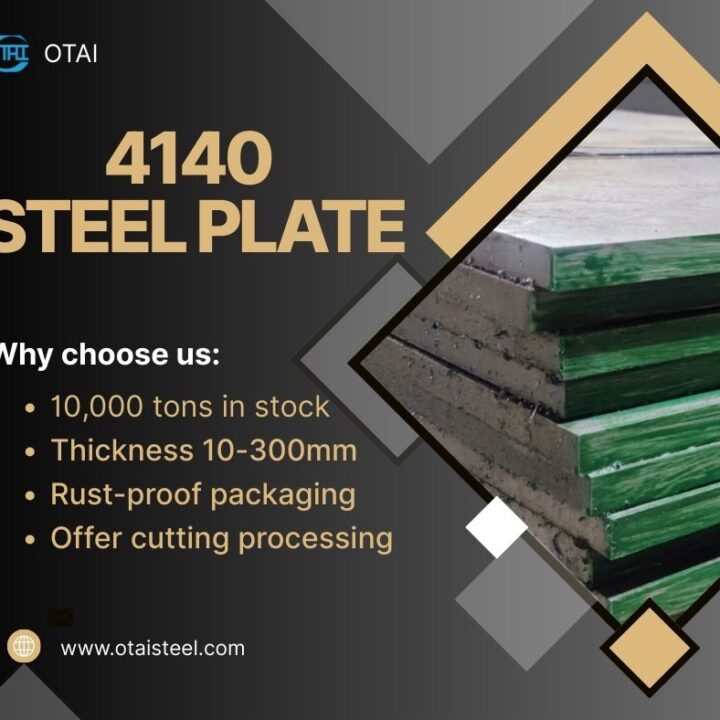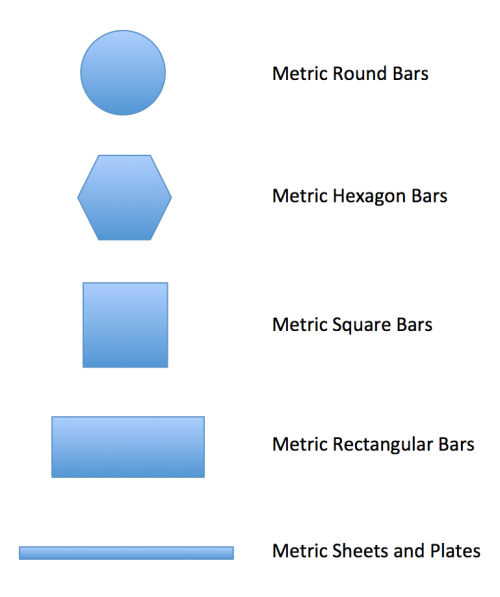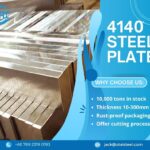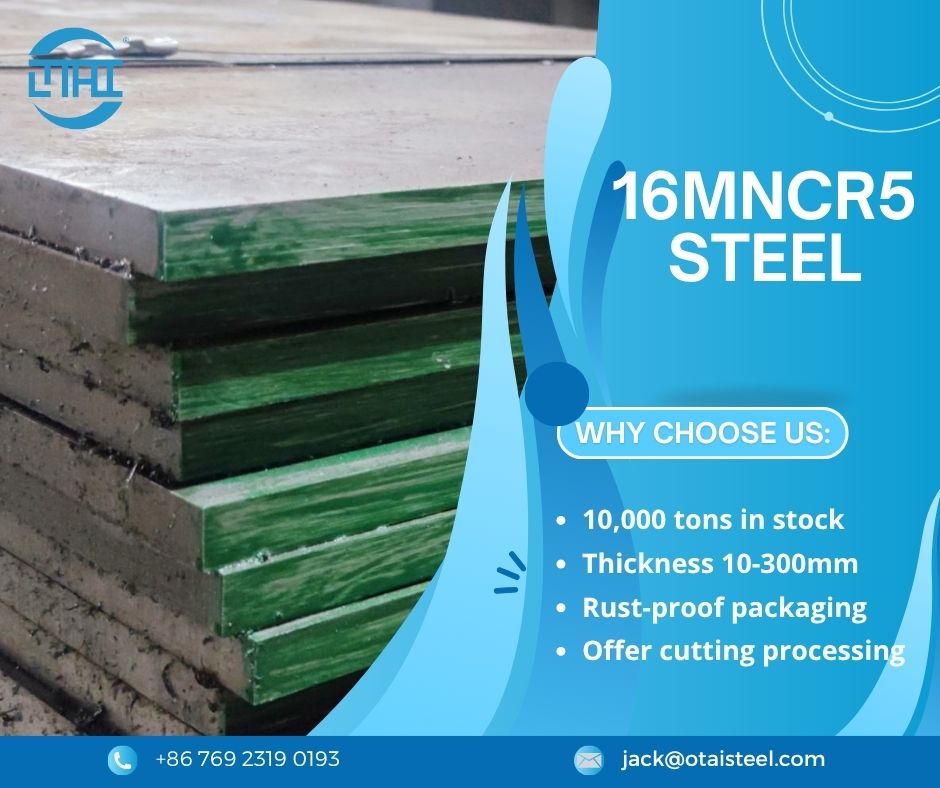 16MnCr5 Steel Heat Treatment: Enhancing Durability and Performance
16MnCr5 Steel Heat Treatment: Enhancing Durability and Performance
16MnCr5 steel is a high-performance, low-alloy steel widely used in manufacturing components that must withstand high mechanical stress and fatigue. Its heat treatment plays a key role in improving its hardness, strength, and toughness, which makes it ideal for parts like gears, shafts, crankshafts, and bearings.
In this article, we’ll explore the heat treatment processes for 16MnCr5 steel, how they affect the material’s properties, and best practices for optimizing its performance.
🧪 What is 16MnCr5 Steel?
16MnCr5 is a low-alloy, medium-carbon steel. It contains manganese and chromium, which enhance its strength, toughness, and wear resistance. These elements make the steel ideal for carburizing, a heat treatment process that increases surface hardness while maintaining toughness in the core.
Here’s the chemical composition:
| Element | Composition (%) |
|---|---|
| Carbon (C) | 0.14 – 0.19% |
| Manganese (Mn) | 0.60 – 0.90% |
| Chromium (Cr) | 0.80 – 1.10% |
| Silicon (Si) | 0.20 – 0.35% |
| Molybdenum (Mo) | 0.15 – 0.25% |
The addition of manganese and chromium provides 16MnCr5 steel with excellent wear resistance, toughness, and fatigue strength, which are further enhanced by heat treatment.
🔥 Heat Treatment Processes for 16MnCr5 Steel
The most common heat treatment processes for 16MnCr5 steel are carburizing, quenching, tempering, and normalizing. Each process plays a different role in enhancing the material’s properties.
1. Carburizing
Carburizing is a surface-hardening process where 16MnCr5 steel absorbs carbon to improve surface hardness. The process involves heating the steel in a carbon-rich atmosphere, allowing carbon to diffuse into the surface, followed by rapid cooling or quenching.
Steps in Carburizing:
-
Heating: Heat the steel to 850-950°C in a carbon-rich environment.
-
Soaking: Maintain the temperature to allow carbon to diffuse into the surface.
-
Cooling: After carburizing, cool the steel rapidly to form a hard surface.
Benefits of Carburizing:
-
Increased Surface Hardness: Carburizing enhances the surface hardness to 58-62 HRC.
-
Improved Wear Resistance: The hard surface provides excellent wear resistance for components exposed to friction.
-
Tough Core: The core maintains a hardness of 30-40 HRC, offering impact resistance.
2. Quenching and Tempering
Quenching and tempering are used to enhance the strength, hardness, and toughness of 16MnCr5 steel.
Steps in Quenching and Tempering:
-
Heating: Heat the steel to 830-880°C to transform it into an austenitic structure.
-
Quenching: Rapidly cool the steel to form martensite, which hardens the steel but also makes it brittle.
-
Tempering: Reheat the steel to 550-650°C to reduce brittleness and increase toughness.
Benefits of Quenching and Tempering:
-
Increased Strength and Hardness: The combination of quenching and tempering increases strength and hardness while reducing brittleness.
-
Improved Fatigue Resistance: This process makes the steel more resistant to fatigue under dynamic loads.
3. Normalizing
Normalizing is used to refine the grain structure of 16MnCr5 steel, ensuring uniform mechanical properties and improving toughness.
Steps in Normalizing:
-
Heating: Heat the steel to 850-880°C above the upper critical temperature.
-
Cooling: Air-cool the steel to room temperature to refine the grain structure.
Benefits of Normalizing:
-
Uniform Grain Structure: Normalizing improves the steel’s ductility and toughness.
-
Enhanced Machinability: The process makes the material easier to machine for precise components.
🏗️ Effects of Heat Treatment on 16MnCr5 Steel Properties
Each heat treatment process affects 16MnCr5 steel differently. Here’s how each treatment influences its mechanical properties:
| Heat Treatment | Effect on Properties |
|---|---|
| Carburizing | Increases surface hardness (up to 62 HRC) and wear resistance. Core remains tough (30-40 HRC). |
| Quenching and Tempering | Improves strength, hardness, and fatigue resistance, making the steel less brittle. |
| Normalizing | Refines grain structure, enhancing ductility, toughness, and machinability. |
These processes are often used in combination depending on the requirements of the final product. For example, 16MnCr5 steel used for gears and shafts often undergoes carburizing to increase surface hardness, followed by tempering to enhance toughness.
📊 Hardness Comparison of 16MnCr5 Steel with Other Steels
Let’s compare the hardness of 16MnCr5 steel with other steels after heat treatment:
| Steel Grade | Heat Treatment | Hardness (HRC) | Applications |
|---|---|---|---|
| 16MnCr5 | Carburized + Tempered | 58-62 HRC (surface) | Gears, shafts, crankshafts |
| AISI 8620 | Carburized + Tempered | 58-62 HRC (surface) | Automotive components, shafts, gears |
| AISI 4140 | Quenched + Tempered | 30-45 HRC | Heavy machinery, automotive, structural parts |
| AISI 1045 | Normalized + Tempered | 28-35 HRC | General machinery parts, shafts |
As you can see, 16MnCr5 offers higher surface hardness than many other steels, making it ideal for wear-resistant applications.
🏅 Why Choose Otai Special Steel for 16MnCr5 Steel?
When you need 16MnCr5 steel with the right heat treatment for your project, Otai Special Steel is your trusted partner. Here’s why:
| Feature | Details |
|---|---|
| Premium Quality | We provide high-quality 16MnCr5 steel that meets global standards. |
| Customized Services | We offer cutting, heat treatment, and machining services tailored to your needs. |
| Global Delivery | We ensure timely worldwide delivery for your projects. |
| Competitive Pricing | We offer cost-effective solutions without sacrificing quality. |
At Otai Special Steel, we guarantee that your 16MnCr5 steel will undergo the optimal heat treatment to ensure maximum performance.
❓ FAQ: Frequently Asked Questions
Q1: How does carburizing affect the hardness of 16MnCr5 steel?
A1: Carburizing increases the surface hardness of 16MnCr5 steel to 58-62 HRC, while maintaining a tough core with a hardness of around 30-40 HRC, making it ideal for wear-resistant applications.
Q2: Can 16MnCr5 steel be used without carburizing?
A2: Yes, 16MnCr5 steel can be used in its normalized or tempered form for less demanding applications where high surface hardness is not required.
Q3: How does tempering affect the brittleness of 16MnCr5 steel?
A3: Tempering reduces brittleness by reheating the steel to a lower temperature, which enhances toughness and makes it more resistant to impact and fatigue.

